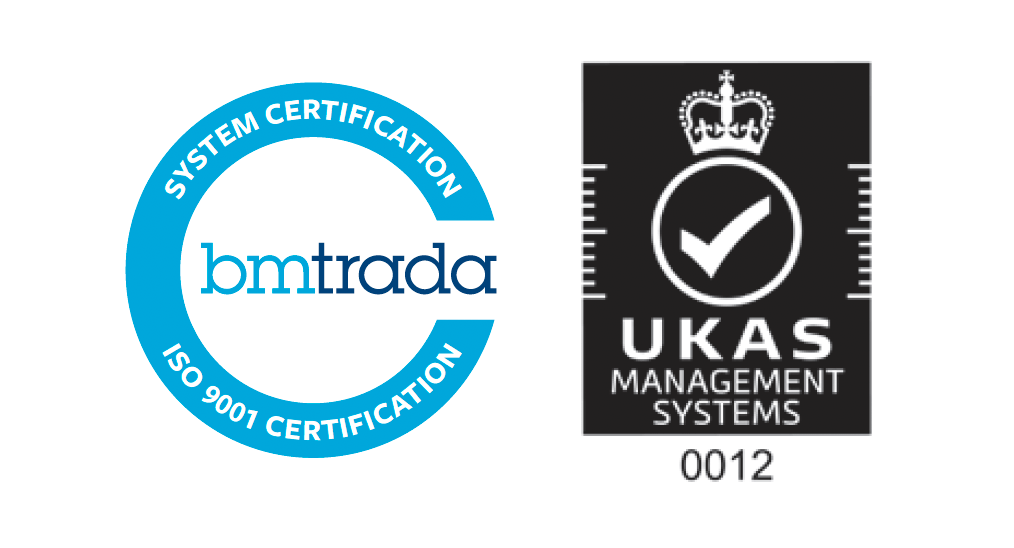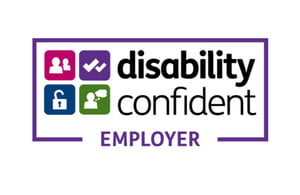Following part 1 on the barriers and opportunities for sustainable translation of academic digital health technologies, part 2 explores translation into NHS settings and the role of the life sciences sector as a key enabling partner.
Part 2: How can we sustainably translate academic digital health technologies into the NHS?
The NHS and translation of digital health technologies:
Despite abundant digital health innovation from academia, many promising technologies struggle to translate into sustainable use in the NHS. Indeed, the 2023 evaluation on the digitisation of the NHS by the Health and Social Care Committee’s Expert Panel highlights inadequate progress across the DHSC’s commitments around digitisation of the NHS.
We have extrapolated the research from our recent report on Sustainable Translation of Digital Health Technologies commissioned by Wellcome and identified three barriers which if addressed could significantly improve translation of digital health technologies into the NHS:
1. Manage the gap between NHS priorities and academic innovation
Our engagement with digital health developers and implementers reveals there is clear gap between what is perceived as valuable technology in academia, and priorities for local healthcare systems.
To increase the likelihood of successful implementation of digital health technologies there should be a clearer channels of communication between NHS, academia and donors where a proportion of funding is prioritised to address immediate health system need. Initiatives such as in Manchester Innovation Hub aim to drive the implementation of health care innovation through identification, prioritisation and evaluation of new technology. The hope is that this will bridge the gap between academia, the NHS and innovation networks to ensure technology is successfully translated.
2. Ensure technology and trials are designed in alignment with clinical workflows
Academics conduct pilot studies to examine the efficacy of a digital health technology, however given the variation in practice and processes across providers, there needs to be consideration of how new technology fits into existing clinical workflows. Accounting for clinical workflows within pilot studies can increase the likelihood of a technology being used and efficiently implemented across different locations. This fosters acceptance and adoption among healthcare professionals, ultimately leading to more widespread and sustainable use.
3. Agree common data and interoperability standards to facilitate technology implementation
The diversity of core technology systems across providers poses a challenge to seamless integration of new digital health technologies. Interoperability issues are frequently cited as a barrier for academics, for example, closed non-interoperable systems using proprietary data standards are incompatible with modern cloud based and software as a service (SaaS) solutions, which limits integration of DHTs. To address these challenges, there is growing recognition of the importance of common data models like OMOP, which streamline integration and facilitate data exchange across diverse systems within the NHS.
Efforts are underway to improve the data architecture and align behind common data standards. NHS England’s Technology Strategy Architecture and Standards (TSAS) is working to establish clear architectures, both external (interfacing with the broader healthcare ecosystem) and internal (shaping internal operations), to ensure coherence and compatibility across systems with the aim of establishing a comprehensive approach by April 2024.
The life sciences sector and translation of digital health technologies:
The above digital policies and initiatives signal a drive to integrate digital technologies into health systems to improve health outcomes. Our research also points to the life sciences industry as a key enabler in the translation of digital health technologies from academia in three key areas:
- In partnership with academics, life sciences companies can leverage their scale, expertise and resources to improve pathways aligned to NHS needs. With financial resources, established NHS connections, regulatory expertise, and ability to demonstrate cost-effectiveness, life science companies are well-equipped to drive digital translation. These characteristics enables them to run digital health initiatives at scale across multiple locations, positioning them as enablers of significant change.
- Life sciences organisations can build strategic alliances that include other stakeholders such as healthcare providers, patient advocacy groups, and technology companies to create a supportive ecosystem for the development and adoption of digital health technologies from academia.
- Life sciences and academic partnerships should leverage national and regional secure data environments (SDEs) to access pseudonymised patient-level data and evaluate the impact of their innovations using Real World Evidence (RWE). These SDEs offer longitudinal patient-level insights, accelerating research from pilot studies to supporting uptake and post-implementation evaluations.
Overall, collaboration between academics, life sciences and the NHS in prioritising and translating digital health technologies benefits all stakeholders. Academics develop technologies that will have tangible impact in real world healthcare settings. Life sciences companies enhance pathways which compliments their existing products, while the NHS can deliver efficiencies and more effectively meet the health needs of the population. Finally, patients stand to gain immensely from digital health technologies – from enhanced access to care through virtual platforms to advancements in medical knowledge leading to refined treatments, and ultimately, improved health outcomes through better quality care.
Please contact us today to find out more about this research and our work across digital health.


